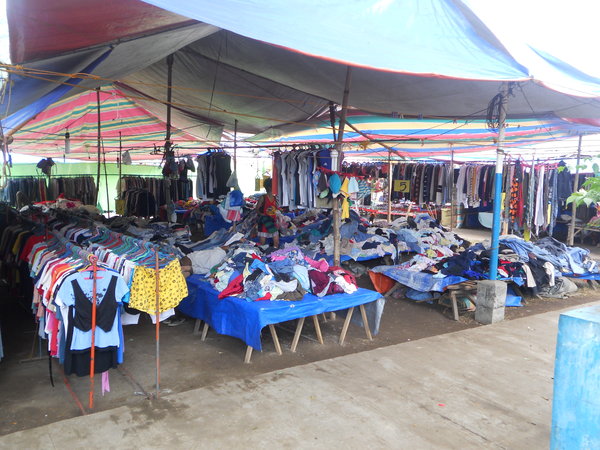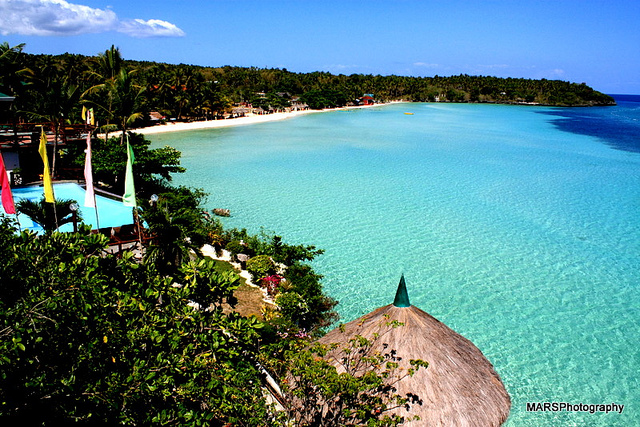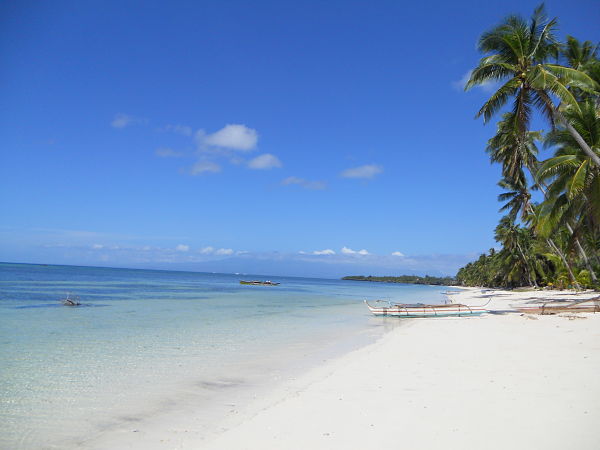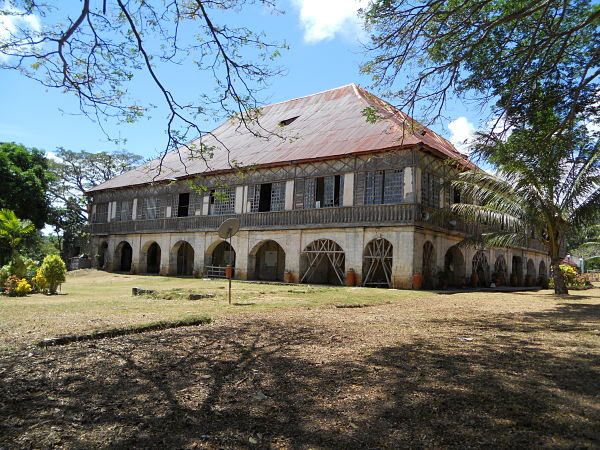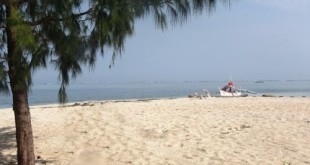The capital of the Philippines – Manila – is built on an ancient kingdom that had diplomatic relations with Ming Dynasty (China) until the Spaniards arrived in the 16th century and fortified an existing settlement on the edge of the Pasig River and Manila Bay. This walled city is the modern Intramuros – heavily bombed during World War II but rebuilt afterwards – the historic center of the city.
Outside these walls, Manila – not to be confused with Metro Manila, 16 cities and one town that make up the National Capital Region – is a jumble of honking jeepneys (converted US Army surplus jeep), crowded bargain markets, pedestrians crossing the wrong lanes, street vendors hawking everything edible and wearable, and rush hour crowds eager to get to their destinations on time. Add to that the smell of street food and post-consumer items in the wrong place, and you are ready to head to the nearest open space. The sight of rows of temporary dwellings at the feet of giant steel structures does not make it easier, but this gives you a sense of the coarse interweaving of past and present, of wrinkly old and sparkling new.
In terms of land area, Manila City is only a little more than 38 square kilometers. In this very small space, the city managed to be the seat of the country’s government, finance, culture, education, health, international relations, and fashion. Whatever happens in the West, or whenever anything brand new comes out of the West, they all invariably land here. As befits the capital city of the country, Manila is light-years away from smaller cities in tucked-away provinces.
Amidst the steady roar of activity in such a small space, Manila has pockets of charm that paint a picture of its past and predict the direction of its future. The following districts are worth a visit to better capture the flavor blended by centuries of history.
Tondo
A densely packed district of Manila, there is more to Tondo than meets the eye. Divisoria, the country’s hypermarket for a smorgasbord of consumer delights, is here. More than retail therapy on budget, Tondo is historically significant as it is one of the oldest places in Manila mentioned in a copperplate writing, predating the arrival of the Spanish by more than 600 years. Tondo is also the birthplace of some of the country’s famous personalities.
Binondo
Considered the oldest Chinatown in the world, Binondo is the enclave of ethnic Chinese in Manila. Consequently, this is where Filipino-Chinese merchants conduct all imaginable forms of commerce and trade, in keeping with the history of the place. Binondo was already a thriving hub of Chinese traders long before the Spanish arrived in 1521. The Binondo Church, a 16th century Minor Basilica founded by Dominican priests, is a famous landmark of the place.
Ermita
Ermita is home to the highest offices of government institutions in the city and country; national museums; premiere colleges; parks and open spaces; and cultural centers. Points of interest include Rizal Park, Manila Ocean Park, the Museum of the Filipino People, and the Supreme Court of the Philippines.
Quiapo
If the Chinese have their Binondo, then the Muslims have Quiapo. Despite hints of Mindanao (as most Muslims are from that region), Quiapo Church is the center of Catholic festivities for the Black Nazarene (a miraculous sculpture of dark-skinned Christ carrying a cross). But more than the earth-shaking devotion to the Black Nazarene that happens every January, Quiapo is also home to some of Manila’s historic buildings, basilicas and mansions found along Hidalgo Street.
Malate
The hotspot for recreation and entertainment, Malate thumps with LGBT nightlife.
San Miguel
This district probably does not ring a bell to most Filipinos because they know it by another name. The Malacanang Palace is an 18th century Spanish colonial house that became the official residence of the American Civil Governors and eventually, the president of the Philippines.
Photo by cealwyn
